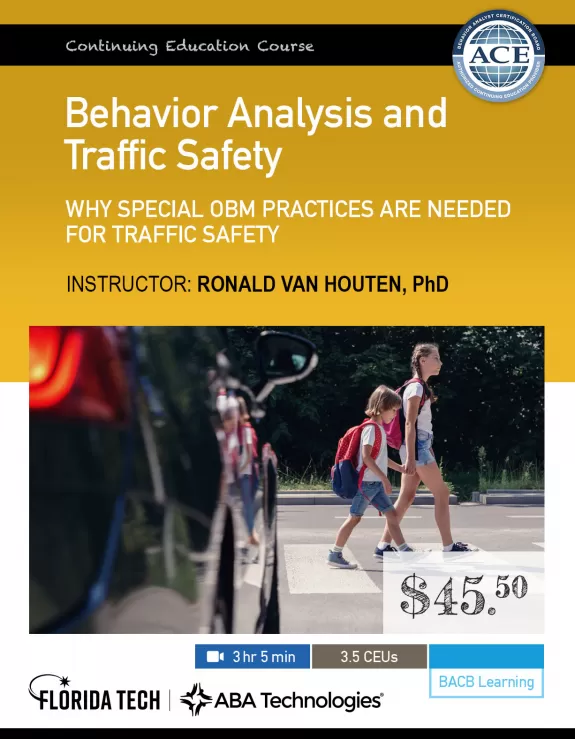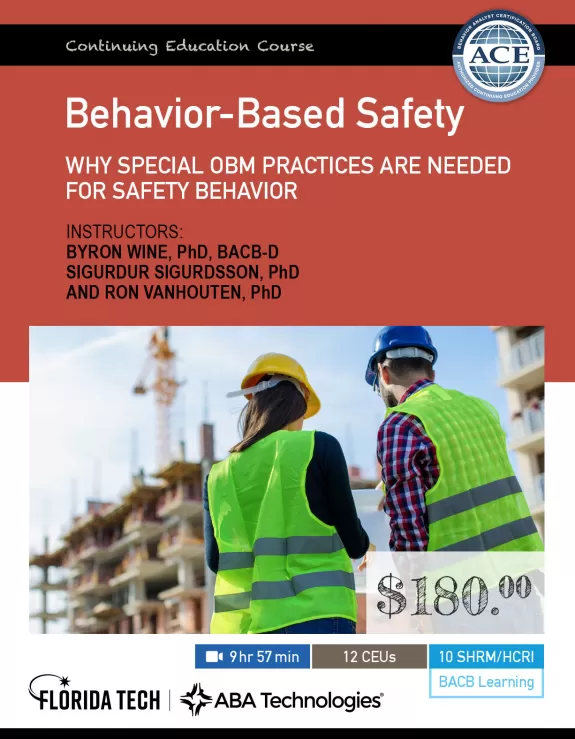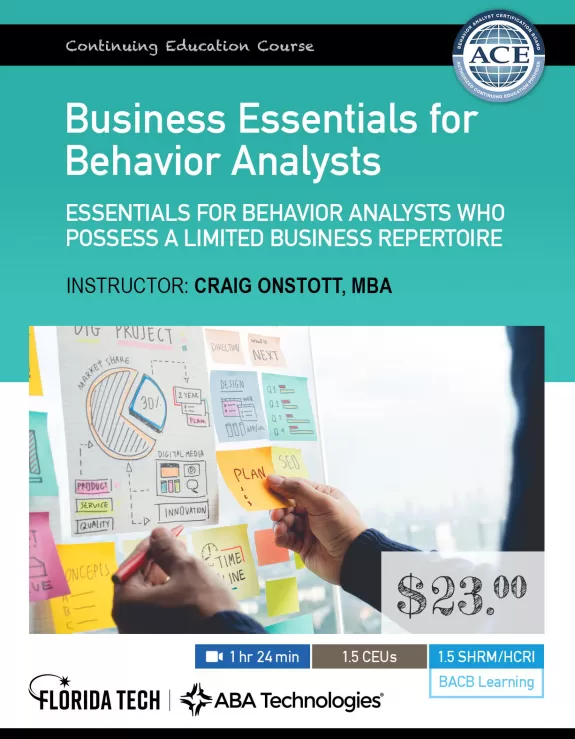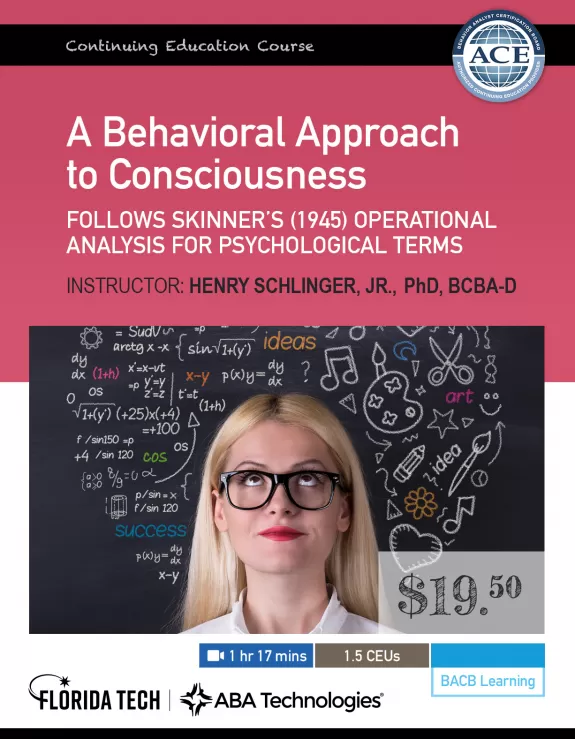Behavior Analysis and Traffic Safety
Abstract
Driving comes with associated risks to the driver and those around them. Since many of us drive everyday, traffic safety is an important way for us to keep ourselves and others safe. Within behavior analysis, measurement is required if we are to properly analyze behavior. Measurement in traffic safety can be automated, involve direct observation or come from a permanent product. One benefit to automated measurement is reliability. Machines can measure something to fidelity every time and you don’t have to worry about bias. Automated measurement may become more prevalent moving forward. Dr. Van Houten shares research on how we can use OBM to get sustained behavior change that generalizes to on-the-road behavior. He gives insight on how the research is done that tells us the odds of getting into a car crash if you’re talking on a cell phone or texting. Treatment strategies in traffic safety include prompting, feedback systems, incentive systems and changing response effort or wait times. The creativity comes in when you determine how these strategies affect specific driver and pedestrian behavior. This course helps you to understand the traffic safety research that increases the safety of you and your loved ones.
Learning Objectives
What you’ll learn in the course and be able to do afterward
-
List three types of measurement used in traffic safety.
-
List and provide examples of the five general treatment strategies in traffic safety.
-
Discuss how five of the following have been useful to increase pedestrian safety:
-
advance or offset stop bars;
-
leading pedestrian phase;
-
hot buttons;
-
buttons that confirm press;
-
wide turning radius and wide lanes;
-
countdown signals and signals that remind you to look; and
-
signs that prompt drivers of turning vehicles to look.
-
Discuss the areas of change for both pedestrians and drivers to increase pedestrian safety.
-
Describe the behavior principles for signs, markings and signals.
-
Describe three important considerations in the use of a treatment package for pedestrian safety.
-
Discuss the use of a lenient criterion (20 km/hr over the speed limit) versus the use of a stringent criterion (10 km/hr over the speed limit) and the effects on drivers speeding.
Partnership
This course is delivered through Florida Tech. Clicking "Enroll Now" will take you to Florida Tech’s website where you can Add to Cart, Checkout, and complete the course. Come back to our website for podcasts, blogs, courses, and content.




